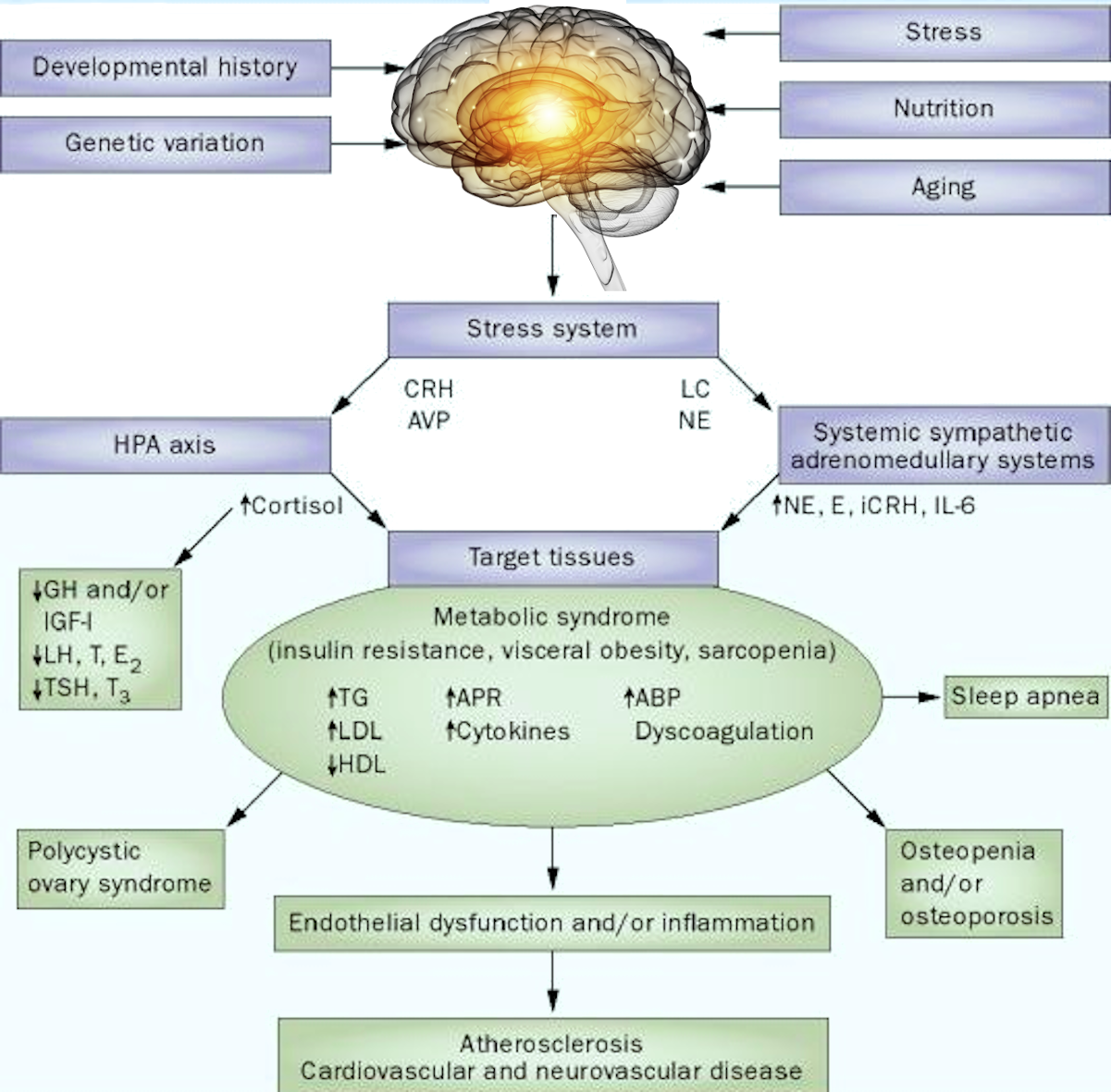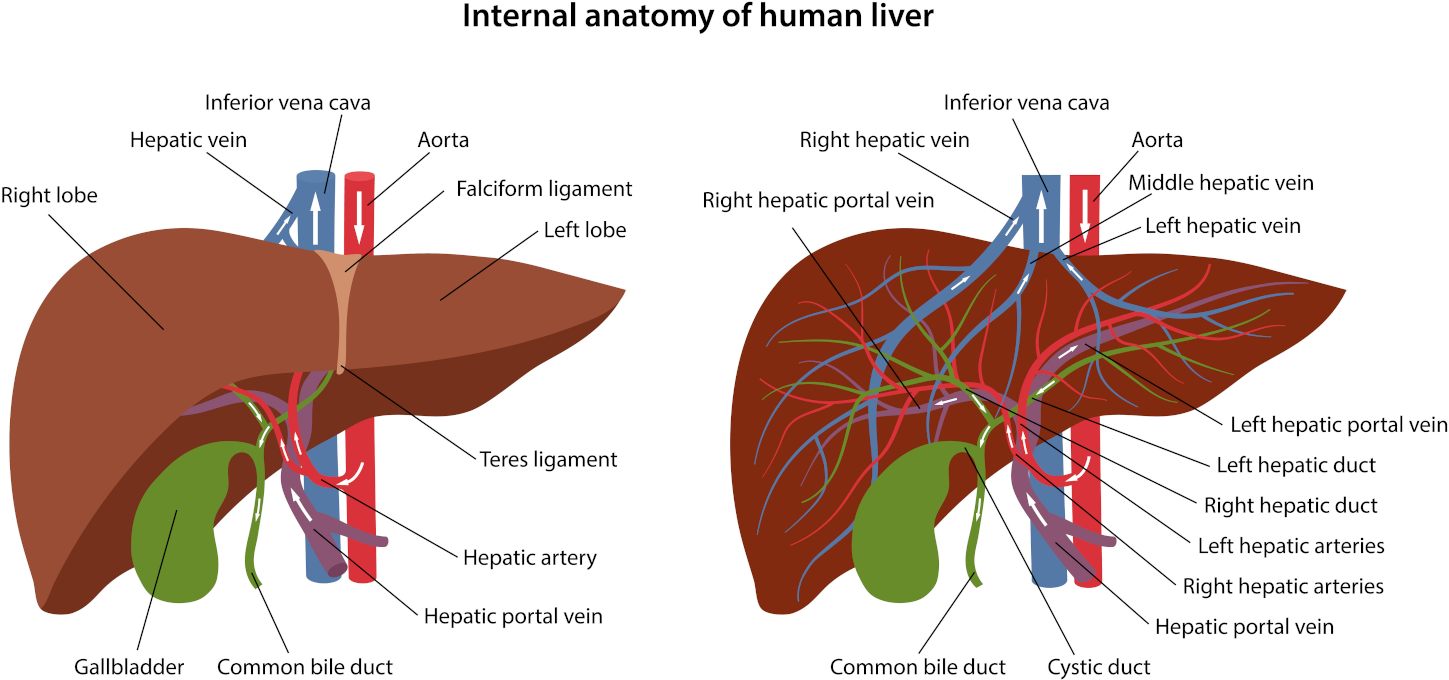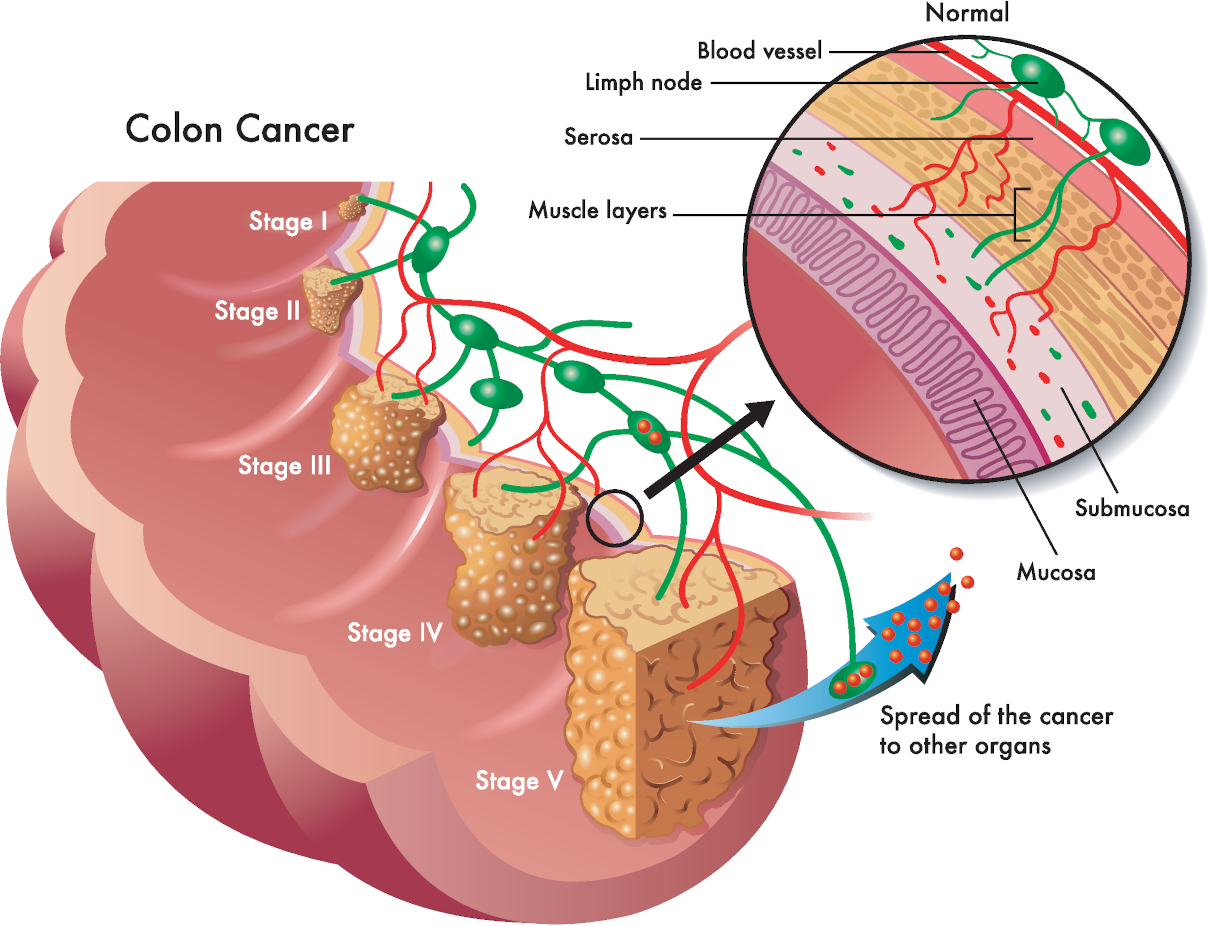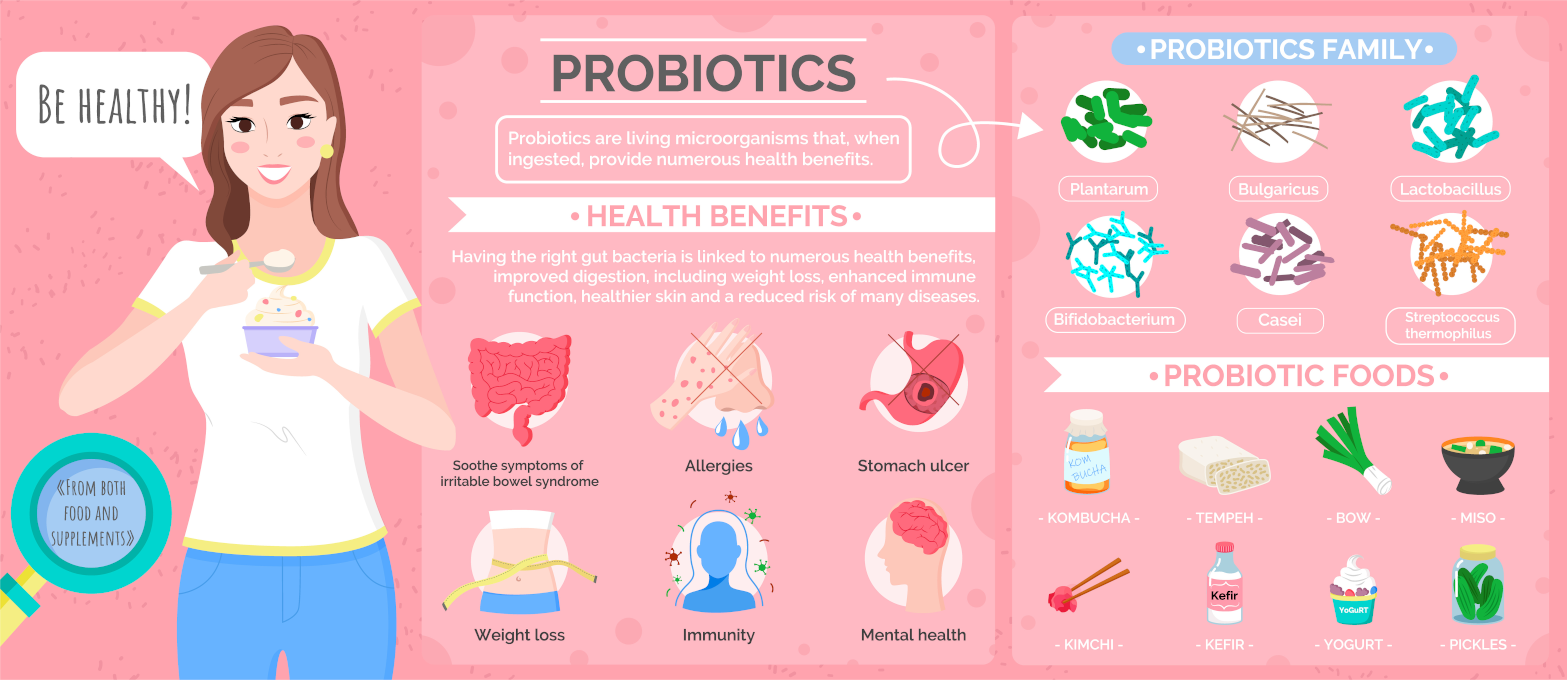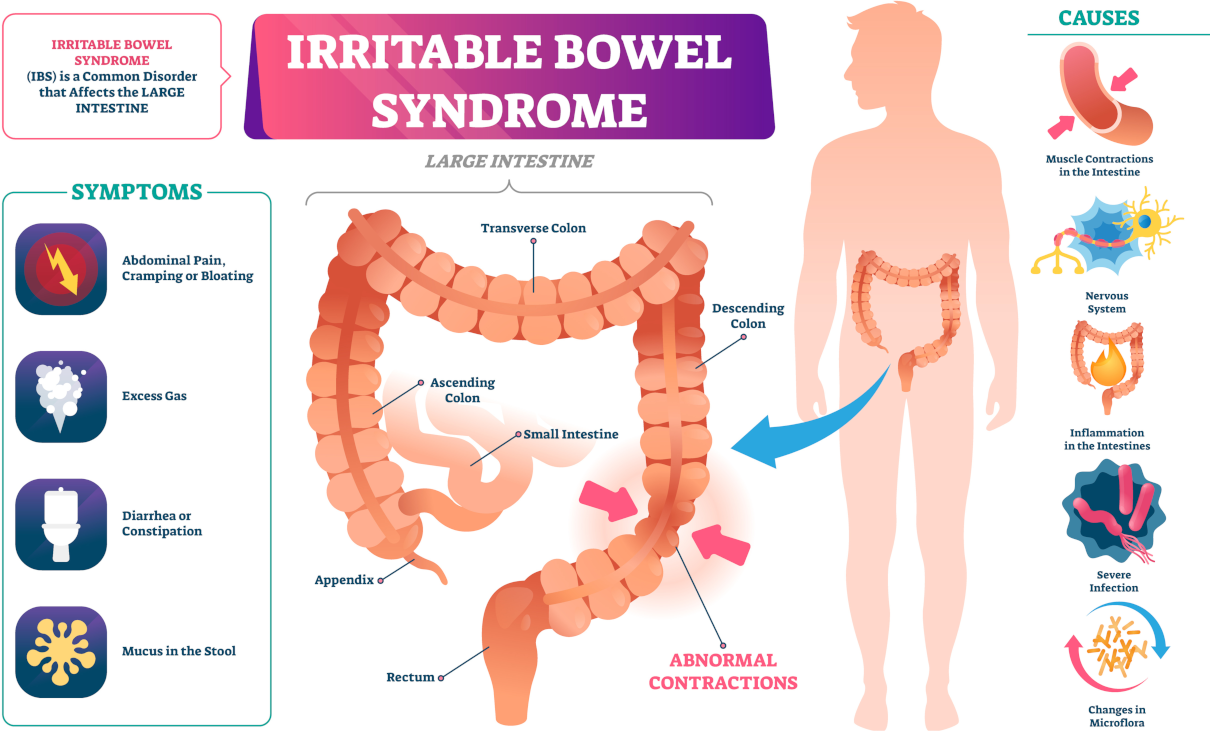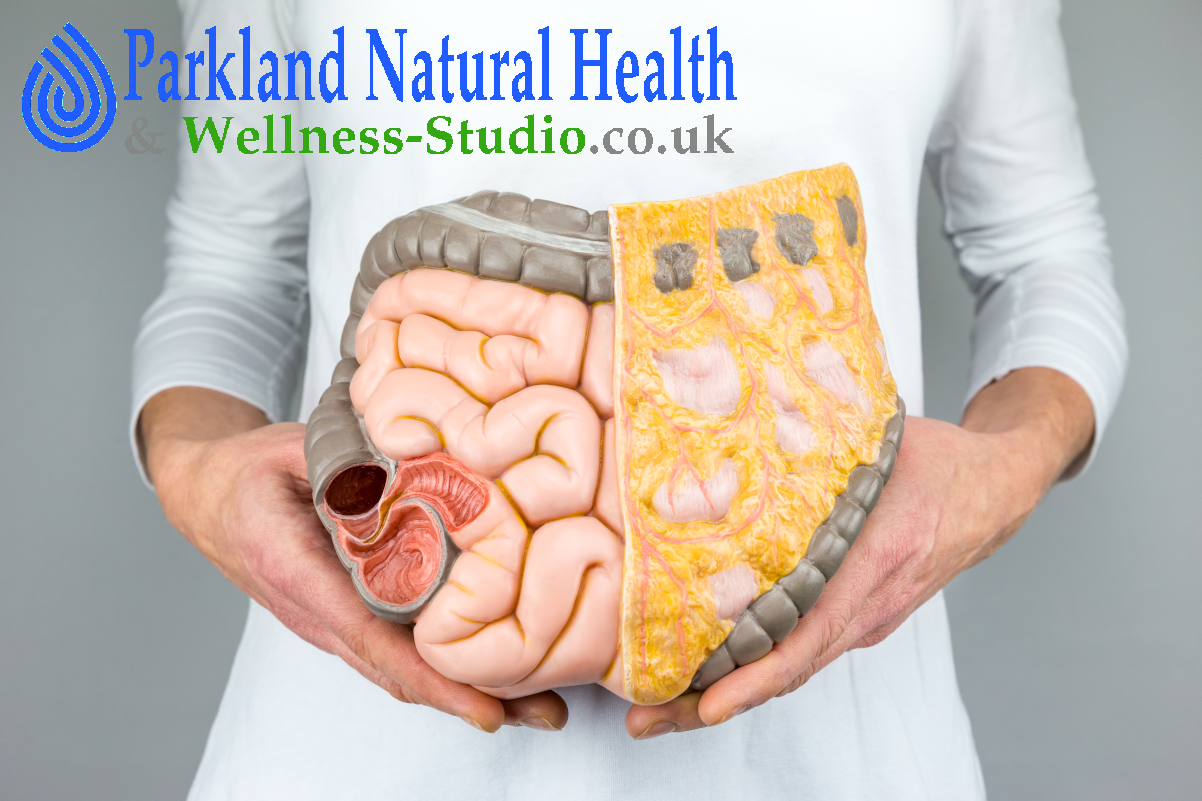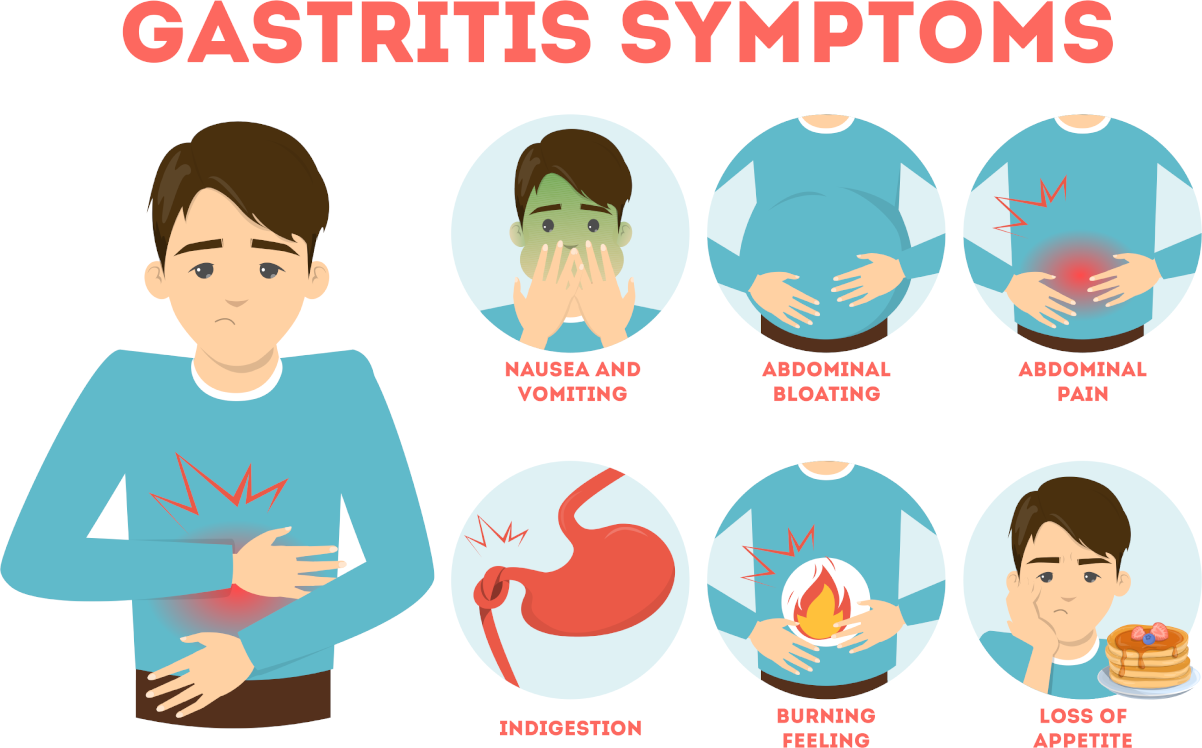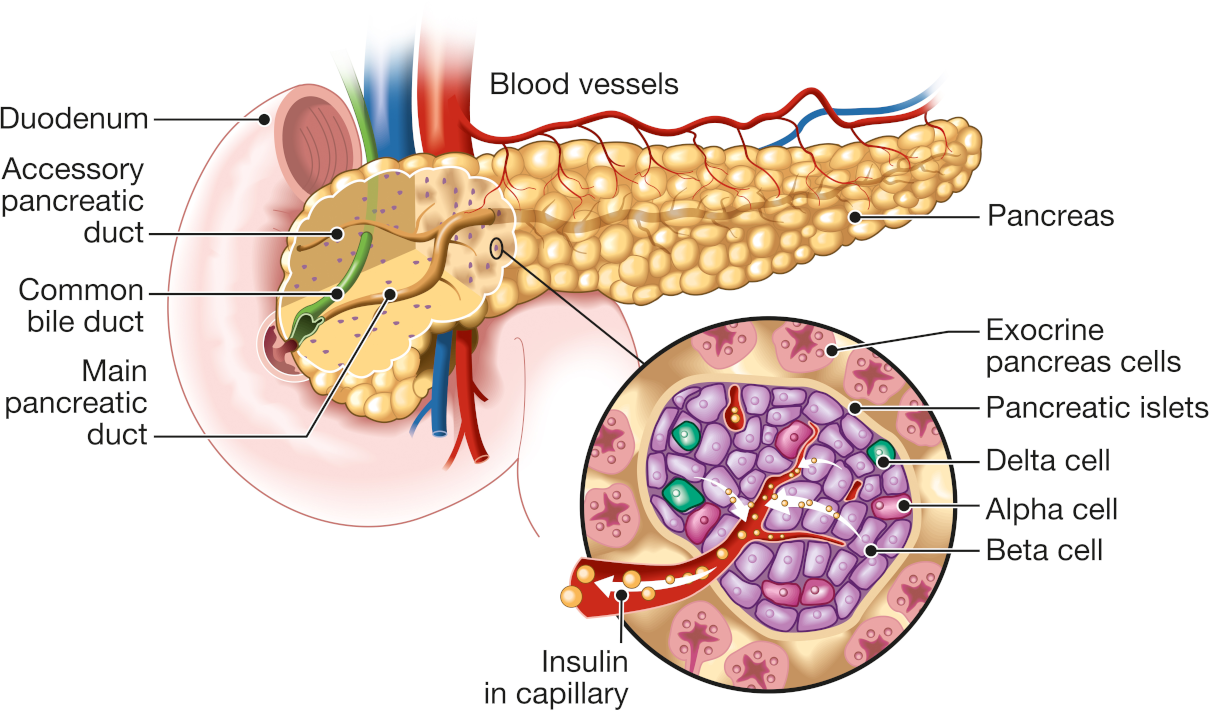
The pancreas is the organ between the greater curvature of the stomach and the duodenum. It is both an endocrine and exocrine gland. Besides, it consists of granular-like epithelial cells forming two masses.
- The Islets of Langerhans, which produce endocrine secretions involved with sugar metabolism
- The Acini secretes digestive enzymes of exocrine origin.
Since the pancreas is not part of the small intestine, it must transfer its digestive enzymes through the pancreatic duct (Canal of Wirsung) to the common bile duct. The latter enters the small intestine, in a small enlarged area called the ampulla of Vater.
Pancreas compose
Pancreas juice is composed of
- Trypsinogen, chymotrypsinogen, and procarboxypeptidase, the inactive forms of trypsin, chymotrypsin, and carboxypeptidase, respectively, are responsible for the total breakdown of complex sugars to disaccharides.
- Lipase reduces fats to fatty acids and glycerol.
- Bicarbonate ion (HC03-) raises the pH of the intestine by neutralizing the HC1 from the stomach. All intestinal enzymes are most active at a pH greater than 7.0.
To sum up, colon hydrotherapy with sodium bicarbonate helps increase pH.

Anti-candida Mini Detox – three colonics with bicarbonate of soda
The Anti-candida mini detox involves a concentrated series of three colonics infused with bicarbonate of soda, ideally scheduled once weekly. This regimen serves as a potent initiation into a detoxifying cleansing routine, setting the pace for rejuvenation.



